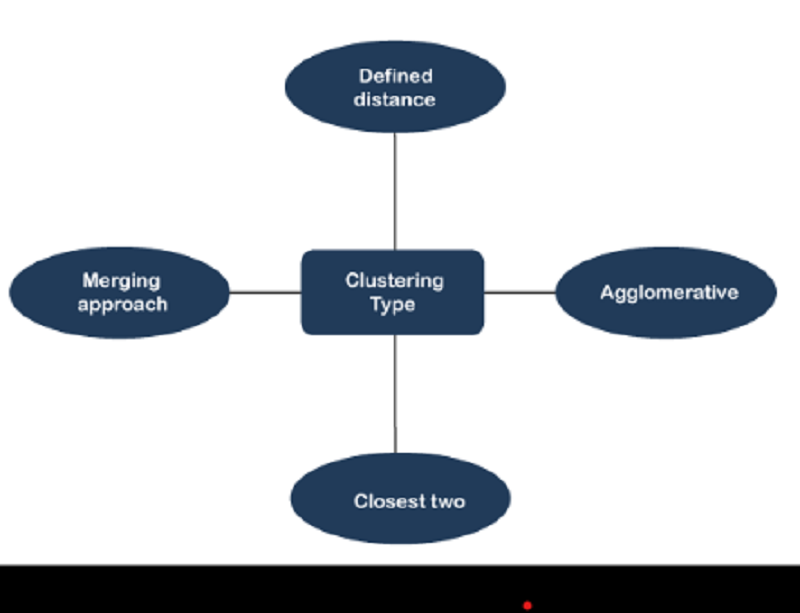Data Mining Chapter 1
{"name":"Data Mining Chapter 1", "url":"https://www.quiz-maker.com/QPREVIEW","txt":"Test your knowledge of data mining concepts and techniques with our comprehensive quiz! This quiz features 24 questions covering key topics from the first chapter of data mining, including clustering, classification, and the knowledge discovery process.Multiple choice questionsScore your understanding of data miningLearn as you go with instant feedback","img":"https:/images/course8.png"}
More Quizzes
SGC Quiz By Utsav
8431
DataScienceUnit1
12627
County Cork Quiz
105109
Πόσο καλή/- ος είσαι στη διαχείριση χρόνου;
940
Order of Chinese Dynasties - AP World History
201018670
Am I Spiritual? Free Personality With Instant Results
201018513
On My Block - Which Character Are You?
201018209
30 Rock Trivia - How Well Do You Know the Show?
201018359
US Workplace Harassment & Discrimination - Free
201017506
Weather Instruments - Test Your Meteorology Knowledge
201017119
Population Questions & Answers - World Population Day
201020471
Orange Juice Lyrics - Match Odd Future Lines
201016995

